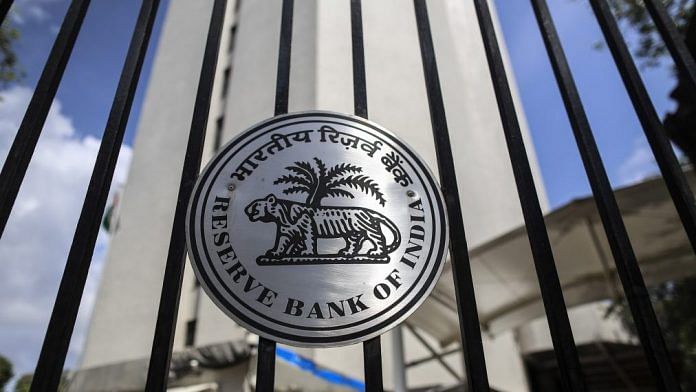RBI Governor Shaktikanta Das is seen as more dovish on monetary policy.
Mumbai: India’s headline inflation edging toward the lower-end of the central bank’s target band has opened the door to interest-rate cuts in coming months.
While rate swaps show investors are pricing no change in the benchmark repurchase rate for the next 12 months, the Reserve Bank of India may be forced to jettison its hawkish stance adopted five months ago for an easing bias. The reasons: deceleration in economic growth, deferment of investments ahead of an election due by May and rising expectations of a global slowdown.
There’s also a new governor in office: Shaktikanta Das, who is seen as more dovish on monetary policy, was appointed to replace Urjit Patel after he unexpectedly resigned in December.
“A domestic cyclical slowdown is converging with a loss of global growth momentum,” said Sameer Narang, an economist at Bank of Baroda in Mumbai. “With CPI inflation significantly undershooting the RBI’s trajectory, we believe the RBI is likely to change its stance next month.”
Asia’s highest
Inflation-adjusted interest rates in India are already the highest in Asia, an indicator of policy tightness. The real rate rose to 4.31 percent after data on Monday showed consumer-price growth eased to 2.19 percent in December, in line with the 2.2 percent reading in a Bloomberg survey of economists.
The figures are the final price print before the Monetary Policy Committee’s next rate decision on Feb. 7.
What our Economists say…
A slowing economy suggests the central bank will surrender its stance of calibrated tightening at its Feb. 7 policy review. We expect the RBI to cut the policy repo rate by 25 bps and change its stance to neutral.– Abhishek Gupta, Bloomberg Economics INDIA REACT: Low, Falling Inflation Bolsters Rate Cut Case
Deflation in food prices was among the main reasons for the subdued headline print, though core inflation, which strips out volatile food and fuel, has remained sticky at 5.7 percent, mainly on the back of rising healthcare and education costs. A separate report showed wholesale prices grew at the slowest pace in eight months in December, reflecting weaker demand.
The RBI’s inflation target band is 2 percent to 6 percent. If inflation undershoots the target for three consecutive quarters, the MPC is required to submit a report to the government explaining the reasons for that, and propose remedial measures.
Key points from CPI and WPI data:
Consumer food price index fell 2.51 percent Clothing and footwear prices rose 3.52 percent Fuel and lighting prices rose 4.54 percent Housing prices rose 5.32 percent Wholesale prices rose 3.8 percent in December, lower than the 4.5 percent estimate
Any cut in the benchmark rate might provide relief to borrowers. Economists see high real rates as a threat to investment in an economy, which is shaky in the aftermath of a crisis in its shadow banking sector. – Bloomberg






